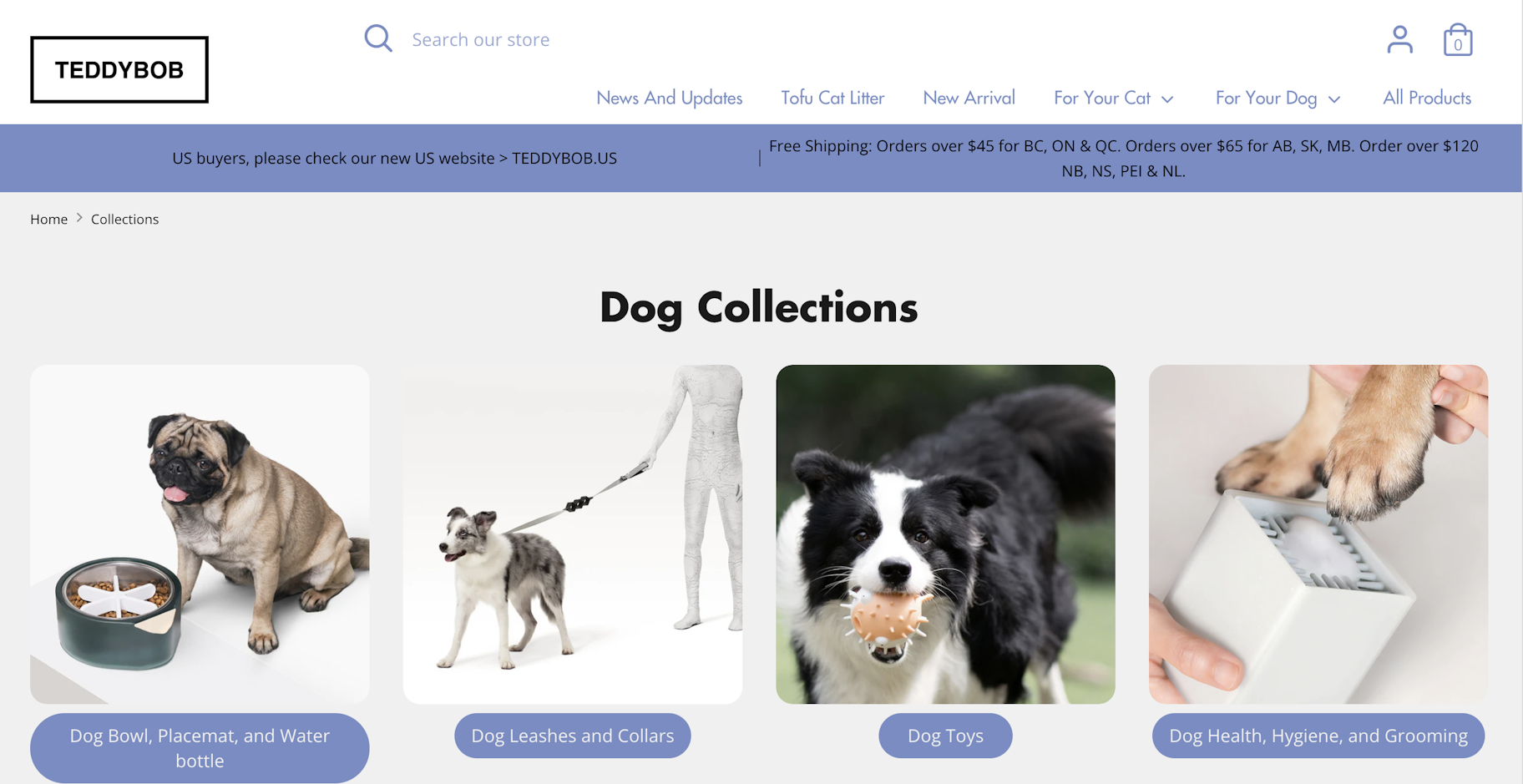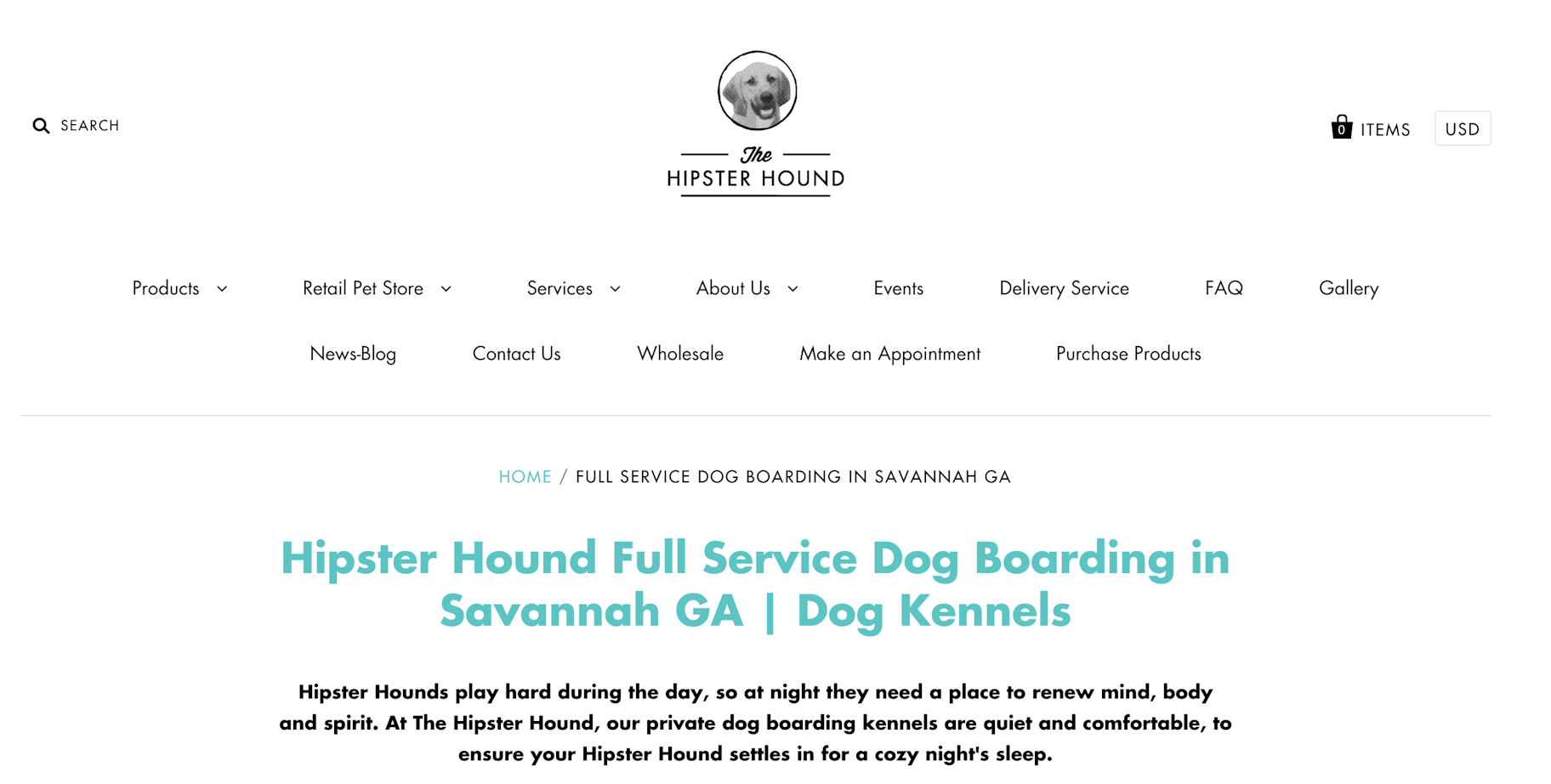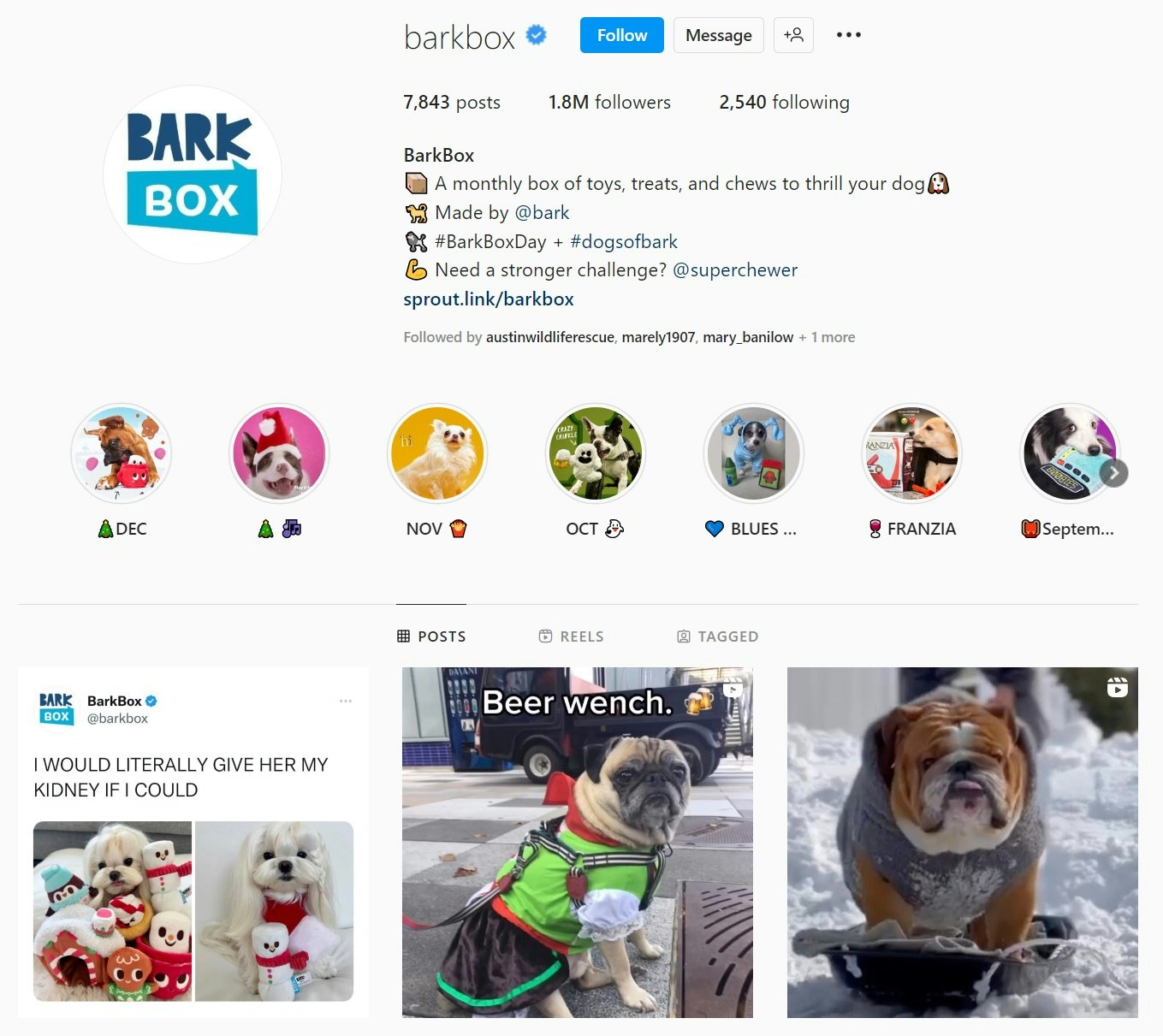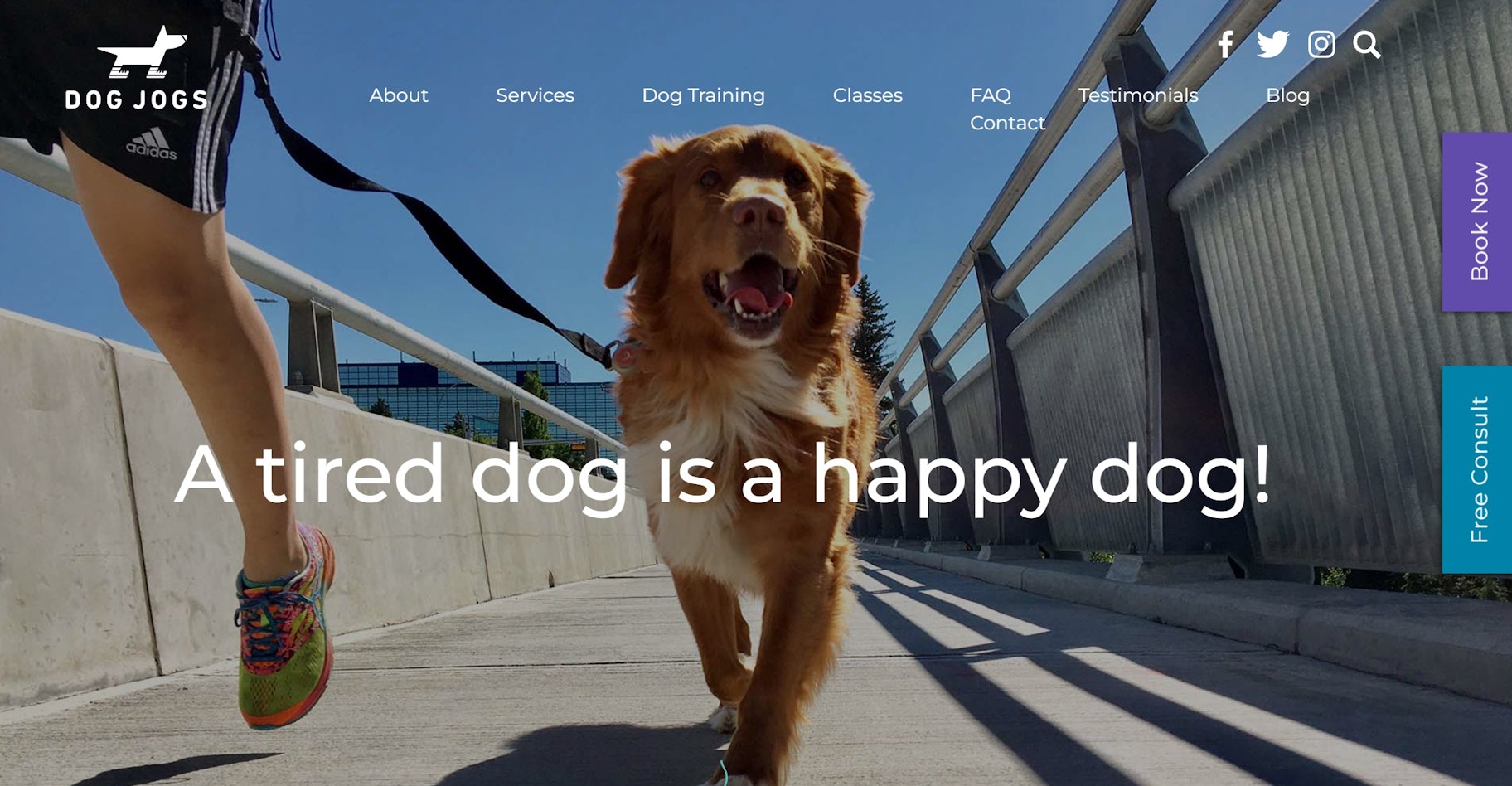If you’ve had any interaction with the pet industry, you know it’s a booming place to do business. Many pet owners are obsessed with their fur babies, and pet stores of all shapes and types have sprung up to meet the demand.
If you have a love of animals, or are just looking for your next business venture, starting a pet business could be an excellent way to fill a popular niche while also filling your bank account.
But it’s important to keep in mind that starting a pet business—like any other business—won’t be a walk in the dog park. There’s a lot of hard work ahead of you and a lot of research to be done on your part before you can get up and running.
Let’s look at some of the top pet business ideas, and how you can get rolling on starting your own.



Top pet business ideas
The pet business space is highly competitive, so you’ll want to focus on a specific product or service to give yourself a chance to attract customers. Here are some pet business ideas you can pursue.
Pet supplies
Every pet owner requires basic accessories like leashes, food bowls, and toys. While essential products such as these are widely available, there’s still room for smaller retailers to capitalize on their demand.
The key is to build a brand around your pet supply store. For instance, Teddybob is a brand that focuses on elevating pet product design. In its online store, the brand sells pet supplies that are functional and aesthetic, which attracts a specific kind of audience.
→ Click Here to Launch Your Online Business with Shopify

Pet clothing
Pet clothing is another lucrative niche for aspiring entrepreneurs. Startup costs are low since you can easily find dropshippers offering a ton of outfits, shirts, and accessories suitable for cats and dogs.
You can choose a specific niche for pet products to stand out in the marketplace. For instance, you could offer clothes for a specific dog breed or specialize in one product like cat pajamas or hoodies.
And whatever option you choose, remember to create a unique brand for your pet business.
Organic pet treats
While there’s a huge market for commercial pet treats, many animal owners prefer to feed natural, unprocessed foods to their pets. This trend has created a demand for healthy, organic pet treats.
Notably, the pet food niche is diverse, meaning you can choose from a wide range of products to sell online. For example, you might decide to sell dried meats, organic biscuits, or a whole host of other things. Make sure to use human-edible ingredients to attract pet owners looking for healthy alternatives to processed offerings.
Doggy day care
Many dog owners have day jobs that require them to work outside their homes for extended periods. Offering a place for their canines to stay and play can be invaluable for their well-being.
You can use your home (if there’s enough space) or rent a larger space to accept more customers. Advertise in your area’s surroundings and let friends and family know you’ve started a doggy day care.
This pet business offers the opportunity to upsell various items. The Hipster Hound, for instance, offers full-service dog boarding along with offering a variety of pet products to their customers.

How to start a pet business
Once you’ve got your pet business idea cooking, you can get started with the process of making it a reality. Here are the basic steps you should follow to get started.
1. Do market research
Market research is all about understanding your audience. For starters, you’ll want to know what types of customers your brand will appeal to most. From there, you can reverse engineer to tweak your products and services to their liking, as well as pick the right prices to maximize your profits while making sure customers are actually willing to pay for it.
You can think of the pet industry as having three general market categories:
- Luxury market. Top-notch in quality—and price—on everything from couture pet outfits, glamorous pet spas, and food cooked by renowned chefs.
- Mid-market. Think of it as the “Goldilocks zone” of pet businesses. These customers are willing to pay extra for the right quality, and are fans of specialty pet stores and businesses that can spoil their pets without breaking the bank.
- Mass market. This audience prefers mass-produced goods, like the kinds you can find in a supermarket. They’re usually more concerned about price than quality, so they’re often not looking for extra frills.
2. Build your brand
Your brand is a critical element to building trust and catching the eye of your target audience. For example, a luxury customer probably isn’t going to be drawn to a brand with bright colors, cartoon images, and a bubble font in the logo. Luxury brands usually have a clean, sleek, and minimal look.
Here are some key things to consider when building a brand that customers are drawn to:
- If you’re going for the luxury or mid-market, make sure your products or services stand out. What do you have that your competitors don’t?
- Regardless of your market: you’ll need a strong, likable, and relatable brand story. This is the core identity of your brand, so don’t skip over this part.
- Create a visual identity that matches your brand’s personality and the type of market you’re pursuing. This includes your logo, website, marketing materials, social media presence—anything that represents your brand in the wild.

3. Create/source your pet products
Are you going to manufacture your own products or source pre-existing products from another company? If you’re manufacturing, it’s a make-or-break to ensure you have a good, trustworthy, and cost-efficient manufacturing partner.
If you’re not starting from scratch, you can try strategies like dropshipping or private labeling. With dropshipping, you can sell your products to customers without ever having to manage your own inventory.
With private labeling, you can put your own logos and labels onto pre-manufactured products, or you can work directly with a manufacturer to tweak their products before adding your own labels.
4. Build an online store
Your online store is a critical point for your business. Even if you plan to have a mostly in-person business, like dog walking, dog training, or pet transportation, your website is still the place for people to learn more about your brand—and share it with their friends!
Of course, if you’ll be selling goods online, your website is even more important. Use a quality ecommerce platform like Shopify to make sure everything is smooth, functional, and scalable to grow with your business.
Here are some things to keep in mind while building your website:
- Consistent branding across the whole website
- High-quality product photos and detailed product descriptions
- 100% functional—make sure there are no broken links, 404 errors, or other issues that will push customers away
- Less is more—don’t overcomplicate with complex functionality or overwhelming visuals
- A smooth and intuitive user experience (UX), free of any confusing elements or website glitches
- A smooth and intuitive shopping and checkout process
- Helpful post-purchase communications, like email receipts and confirmations

Market your pet business
Once you’re up and running, marketing is a critical way to generate more customers and keep existing ones. The name of the game here is testing, measuring, and optimizing so that every marketing campaign is better than the last.
Here are some ideas for marketing your pet business idea:
- Start a blog to promote your company and build customer relationships.
- Stay in touch with email marketing.
- Join industry events if you can.
- Try paid ads like Google Ads or Facebook Ads.
- Work with others via influencer marketing or affiliate marketing.
- Join online communities like Facebook groups, especially if your business is local.
- Post regularly to social media (not always promotional—have some fun and show some personality too!).
Pet supply subscription box brand Bark Box has some fun on their social media, posting memes along with promotions.
Start your pet business today
From dog grooming to pet treats to a pet-sitting business, there’s a whole world of pet business ideas waiting for you to jump into. Passion and determination are absolutely critical to get started, but you’ll also need to follow the right steps to make sure all your ducks are in a row.
It may seem intimidating to start a business from scratch, but remember: it’s all about taking action and learning as you go. You won’t be perfect at first! But as long as you’re willing to pay attention, grow, and change direction when needed, you’ll find it’s not as tough as it might seem.
Pet business FAQ
How much does it cost to start a pet business?
A pet business has a low startup cost. Common costs include product sourcing, online store setup, operating expenses, and shipping. Expect to spend about $15,000 in your first year, with no employees.
Is the pet industry growing?
Yes, data shows that people are spending more on their pets with each passing year. According to the American Pet Products Association, US pet owners will spend $109.6 billion in 2022, or $6 billion more than they spent in 2020.
How much do pet store owners earn per year?
The average pay for a pet store owner in the US is $48,525 per year, based on ZipRecruiter’s calculations.






